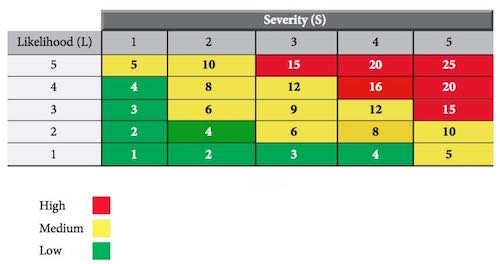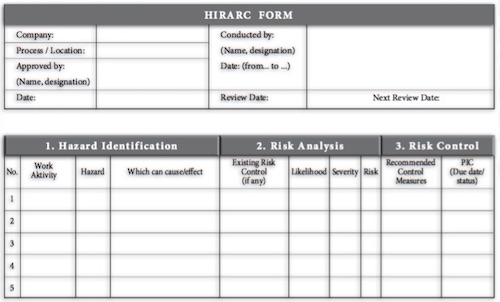Workplace Safety
Electrical Hazards
Electrical hazards are usually caused by excessive electrical loads and problem equipments or low quality.Principles of Electrical Safety
The main objectives:Protect people from electric shock, fire and burns result from contact with electricity.
Protection against direct contact.
Eg: Installing insulation parts of electrical equipment that could potentially charge.
Protection against indirect contact.
Eg: Earthing effectively for the separation of metals that can be electrically charging if the basic insulation fails.
Effects of Electrical Hazards
1 - Shock - Muscle shortening and thickening (Spasm) and respiratory failure.2 - Conjunctivitis - Eye pain due to exposure to the electric arc.
3 - Fire - Due to a short circuit or electrical current overload.
4 - Electrostatic effects
General Measures To Prevent And Control Of Electrical Hazards
Circuit Protection
All electrical equipment used must have a fuse or circuit breaker appropriate to prevent the occurrence of electrical current overload.Isolation Switch
1 - Labeled.2 - Easily reached from floor work.
3 - Installed on each machine.
4 - Have the part that can be locked when in the closed position (off).
Maintenance and repair
1 - Establish a safe working system during maintenance work.2 - Make rules and inspection / monitoring.
3 - Conducting program / schedule maintenance.
4 - Provide access space around the equipment for maintenance and repair work.
5 - Carried out by a qualified technician.
6 - Replacement correct and appropriate components such as fuses, capacitors etc.
Earthing
Ensure a perfect grounding for all electrical equipment.Additional Protection
1 - Provide earth leakage protection as Residual Current Devices.2 - Provide emergency shutdown switch, the switch interlock (Interlock Switch) limit switches for example:-
- Insulate the conductor.
- Installing warning signs.














